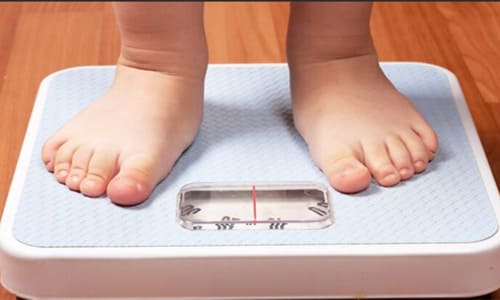Exposure to chemical pollutants on child’s growth

Phenols, Phthalates, and Parabens – What Are They?
Phthalates, parabens, and phenols are chemicals commonly found in everyday products such as plastics, food packaging, toys, and personal care products, among others. Some of these substances have been replaced by alternatives, such as bisphenol S instead of bisphenol A or DINCH as a substitute for certain high-molecular-weight phthalates. Many of these chemicals are suspected endocrine disruptors, meaning they can interfere with the hormonal system and potentially affect development.
How Were Phenols, Phthalates, and Parabens Measured?
Urine samples collected during pregnancy, at 2 months, and at 1 year of age were analyzed to measure exposure to phthalates, phenols, and parabens. A large number of urine samples were collected, ensuring a precise assessment of exposure. The analysis was conducted at the Norwegian Institute of Public Health in Oslo, Norway.
Why study infant growth?
Rapid weight gain or specific growth trajectories in early childhood may be associated with a higher risk of obesity later in life. Thus, it is interesting to study growth from an early age.
What are the interesting growth measures to study?
In the Sepages cohort, growth is assessed from intrauterine life and throughout infancy:
- fetal growth was assessed using ultrasound measurements of biparietal diameter, femur length and cranial and abdominal perimeters during two routine pregnancy follow-ups. Fetal weight was then estimated;
- at birth, weight, height and head circumference were measured;
- during the first years of life, information on weight, height, head circumference and body fat was collected during clinical examinations and from the health booklet. Weight and height were used to calculate Body Mass Index.
What exactly is body fat?
Body fat is an interesting indicator because it is more precise than BMI. For example, an athlete and an overweight person can have the same BMI, even though their body composition is very different. To calculate body fat in Sepages, the following parameters were used: skinfold thickness, waist circumference and bioelectrical impedance analysis, which estimates body fat by sending a small, harmless electrical signal through the body.
Results
Our study suggests:
- higher exposure to bisphenol S (BPS) during pregnancy is associated with increased infant growth at 3 years (higher weight, BMI and fat mass);
- higher exposure to certain phthalates during growth and at 1 year of age is associated with increased fetal growth (during the second trimester of pregnancy), higher growth at 3 years and a higher fat mass at 3 years;
- higher exposure to triclosan during pregnancy is associated with a lower fat mass percentage at 3 years.
What Makes This Study Innovative?
This study highlighted the impact of bisphenol S, a compound replacing bisphenol A. This study suggests also that exposure to certain chemicals from intra-uterine life and during the frist years of life may be associated with increased weight and BMI in early childhood, which are risk factors of obesity later in life.
What’s Next?
The research team will continue its work to better understand the impact of these chemicals on children's growth trajectories by integrating data collected from the SEPAGES cohort at ages 5 and 8.
To go further: Marion Ouidir, Aminata H. Cissé, Jérémie Botton, Sarah Lyon-Caen, Cathrine Thomsen, Amrit K. Sakhi, Azemira Sabaredzovic, Sam Bayat, Rémy Slama, Barbara Heude, Claire Philippat. “Fetal and Infancy Exposure to Phenols, Parabens, and Phthalates and Anthropometric Measurements up to 36 Months, in the Longitudinal SEPAGES Cohort”. Environmental Health Perspectives, May 2024
Read the article
Marion Ouidir, Paulina Jedynak, Matthieu Rolland, Sarah Lyon-Caen, Cathrine Thomsen, Amrit K. Sakhi, Azemira Sabaredzovic, Sam Bayat, Remy Slama, Claire Philippat. “Analyzing the impact of phthalate and DINCH exposure on fetal growth in a cohort with repeated urine collection”. Environment International, March 2024
Read the article
Maude Colombini, Barbara Heude, Sarah Lyon-Caen, Cathrine Thomsen, Amrit K Sakhi, Séverine Valmary-Degano, Sam Bayat, Rémy Slama, Claire Philippat, Marion Ouidir. “Early-life exposures to phenols, parabens and phthalates and fat mass at 3 years of age in the SEPAGES cohort”. Environmental Research, February 2025
Read the article